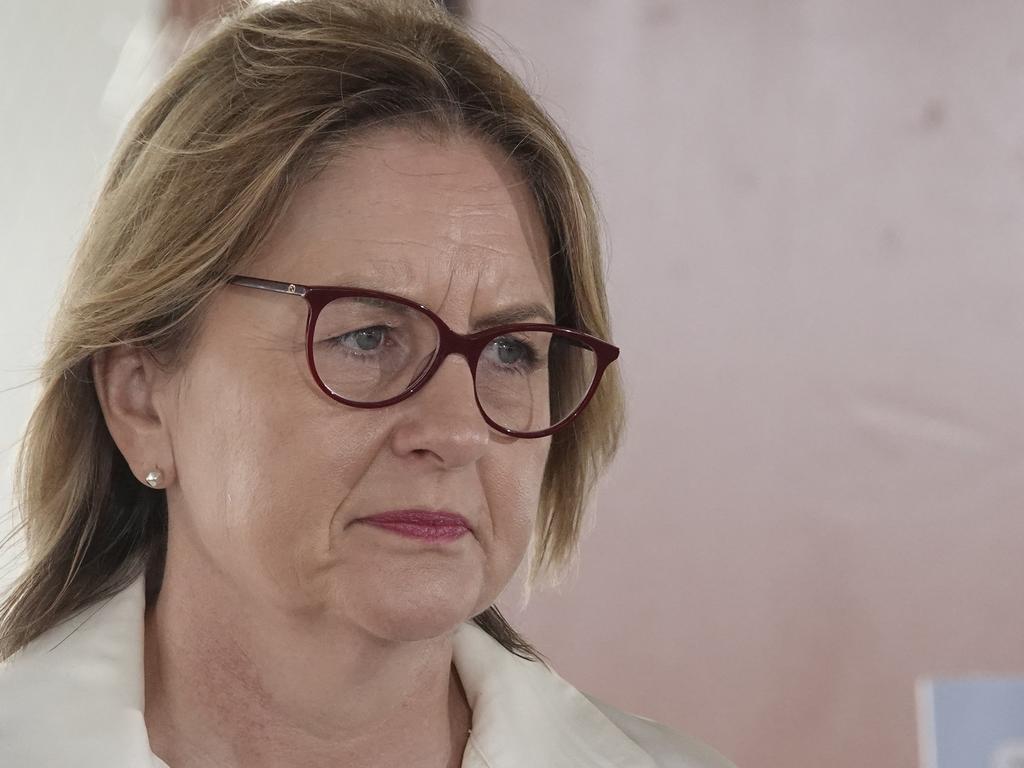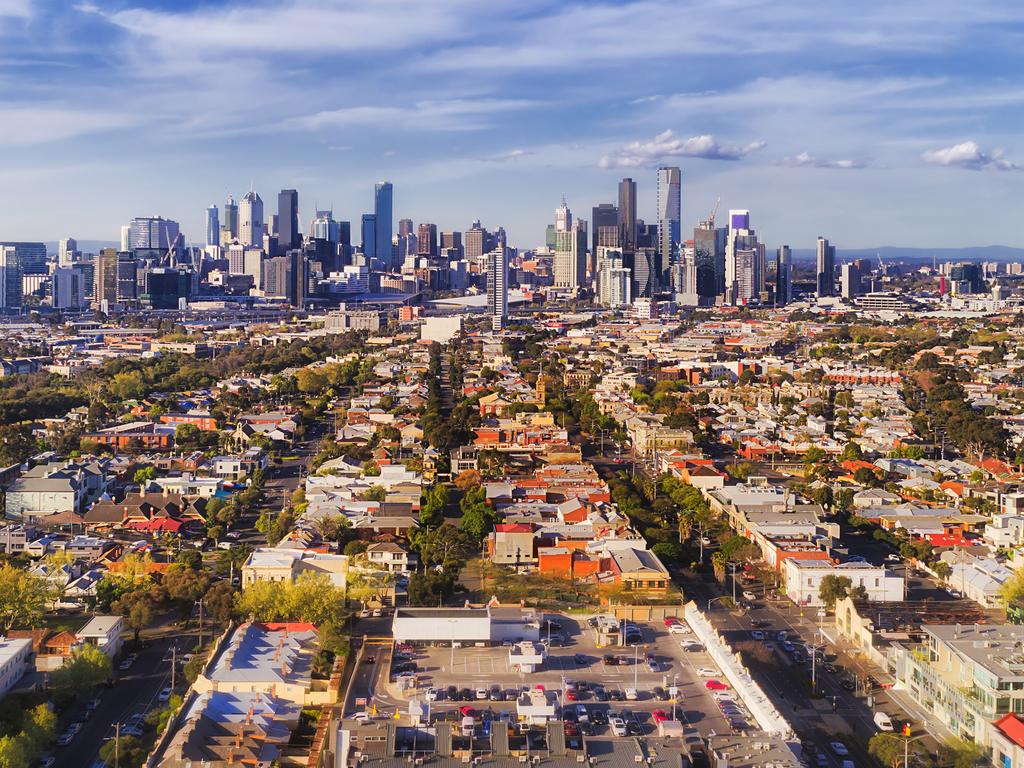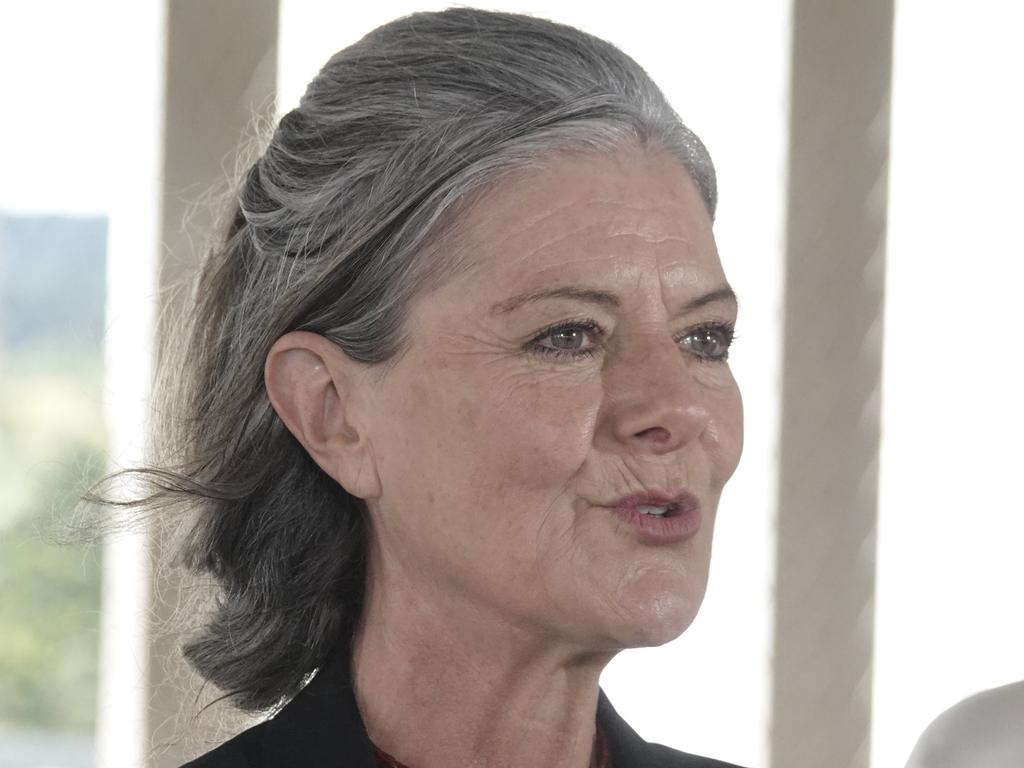‘We’re in a housing crisis and the status quo is not an option,’ Premier Jacinta Allan says
Victorian councils have been told they will lose their planning powers unless they overhaul their processes as Jacinta Allan unveils final housing targets. Check your neighbourhood.
Councils are being warned they will lose their planning powers if they fail to overhaul their processes so that 2.24 million new homes can be built in Melbourne’s suburbs.
The Allan government will on Monday issue final targets for the number of residential properties it expects to be built in every metropolitan local government area by 2051.
And in an unprecedented show of force, councils are being ordered to detail exactly how they will revamp their planning schemes to enable the building blitz.
The councils have been given until October 2026 – one month out from the state election – to provide their plans.

Premier Jacinta Allan warned: “It’s simple, work with us to unlock space for more homes or we’ll do it for you.
“We’re in a housing crisis and the status quo is not an option.
“It’s time to shake things up.”
The government has pledged to build the two million-plus new homes across the state within 26 years, in what’s shaping as a key policy.
But in another apparent backflip, the government’s final targets reveal it has lowered the number of homes it will task each council to approve.
It comes a day after the government also caved in to community pressure and walked back plans to squeeze six-storey developments into suburban streets as part of a high-rise tower rollout.

Draft housing targets, released in June last year, sparked a barrage of outrage and prompted the response from some councils that such a push amounted to irresponsible planning.
The government said it had now met with each council to understand the barriers they faced and to ensure the targets were achievable.
Ms Allan said over the past 30 years Victoria’s supply of housing had grown by 65 per cent, but that growth had not been evenly spread.
In outer suburban areas such as Melton, it grew by a whopping 433 per cent, in Wyndham by 346 per cent and in Casey by 211 per cent.
But inner suburban areas such as Boroondara and Bayside had much lower growth rates – at just 24 and 28 per cent respectively.
Ms Allan said the plan would take pressure off Melbourne’s urban fringe by delivering 70 per cent of growth in established areas and 30 per cent in the outer suburbs.
“It’s not fair that Victorian families and young people have been completely locked out of living in some areas, while other parts of Melbourne have had to bear the brunt of all that growth,” she said.
The City of Melbourne has been hit with the biggest task: to approve 119,500 homes, which is almost 15,000 less than was first asked, followed by the growth areas of Melton (109,000), Wyndham (99,000), Casey (87,000) and Hume (79,000).
In middle Melbourne, Whitehorse Council must meet a target of 76,500 homes across its area, which includes Vermont, Box Hill, Blackburn, Burwood and Mitcham.
Boroondara, which encompasses the affluent suburbs of Balwyn, Camberwell, Hawthorn, Kew and Surrey Hills, will be required to build 65,500 new homes – 1500 less than first required in the draft target.
According to the government, the statewide target projects 25 per cent of new homes will be built in regional Victoria.
The Plan for Victoria strategy, to be released soon, will contain a declaration from government that it will give councils an explicit directive to change planning schemes.
But Ms Allan has pledged to step in and strip councils of their powers if they are not doing enough to tackle the housing crisis.
Planning Minister Sonya Kilkenny, who will retain her powers to intervene or fast-track developments, said while many councils had made life better for locals, others hadn’t.
“To the councils who used to block and who are now ready to build, I say to them, let’s talk,” she said.

Speaking from Hawthorn on Monday, Ms Kilkenny said councils would have to map out a plan to reach their housing targets.
If councils are unable to identify sufficient opportunities for more housing – such as plots of land to unlock – the government will then take over.
“In the event that that council … is not pulling its weight, then government can and absolutely will step in,” she said.
She guaranteed there would be no changes to heritage protections, and that residents rights to appeal decisions with the VCAT would remain the same.
Stakeholders on Sunday welcomed the government’s major walk-back to rethink how tall an apartment building could be within its so-called activity centre locations.
High-rises will soar in the “core” of an activity centre followed by four to six storeys in the inner catchment but just three to four storeys in the outer catchment.
Urban Development Institute of Australia Victoria chief executive Linda Allison said the changes recognised that a “one-size-fits-all approach” would not work.
Boroondara mayor Sophie Torney said while the lower height limits were a “positive step forward”, she took issue with its “strong-arm” approach.
Ms Torney added the council was already rolling out thousands of new homes.
“I understand what the Premier is trying to do, but I don’t think this strong-arm approach is necessary,” she said.
“It’s important to remember that councils don’t build houses.
“The government should focus on enacting changes to encourage builders to build where they already have permission rather than threatening councils.”
Opposition planning spokesman Richard Riordan accused the government of dumping high-rises in areas not designed to handle such big residential buildings.
“Families in these areas are already battling overcrowded schools, gridlocked roads and overstretched hospitals, and this plan will make things worse, not better,” he said.
Opposition local government spokeswoman Bev McArthur said the government’s threat to strip councils was a desperate attempt to shift blame for its housing crisis.
“Labor has driven up housing costs with excessive taxes, red tape, and bureaucratic roadblocks. Now, instead of taking responsibility, they want to scapegoat local councils,” she said.
“The hard truth is that it’s the private sector that builds housing, and they can’t be forced to do it. There is no point in putting colours on maps and spouting media releases about densification if developers can’t afford to build and sell the homes.”



